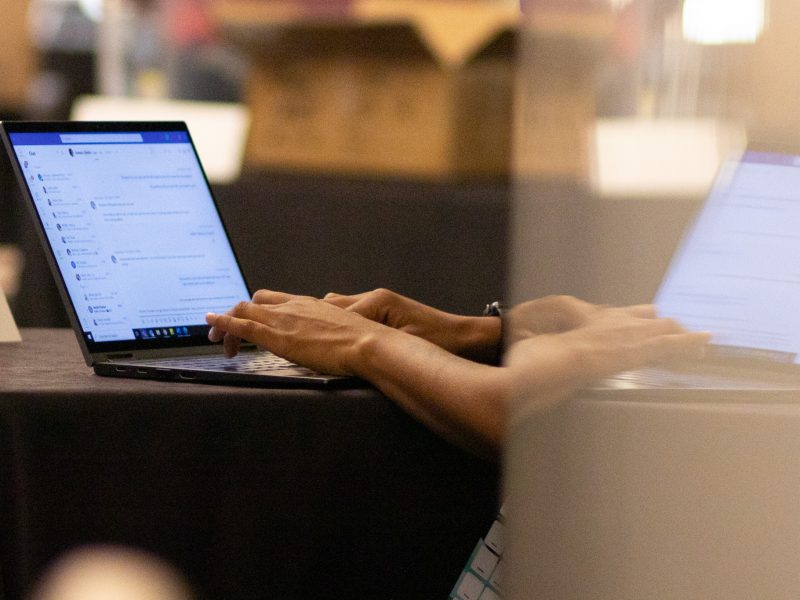All good things must come to an end. The same is so for two-ply toilet paper.
On April 12, the RHA’s Residential Facilities Advisory board sealed the fate of two-ply toilet paper on the campus. The board voted to end the pilot program, instituted in fall 2015, which exceeded the initial cost calculations by about $34,000. By forgoing the plushy bathroom amenity, the University of Maryland stands to save about $57,000 a year.
This editorial board thinks it is a necessary sacrifice.
A measly $57,000 might seem like chump change to a university with a $1.9 billion budget, but to put that meager figure into perspective, most resident directors make just over $37,000 annually. Most of the housekeeping staff make under $25,000.
Two-ply has been a surprisingly contested toiletry at universities around the country and beyond. The issue picked up international traction after a student publication of Canada’s Ryerson University ran an expose on the inequality between administrative and student bathrooms. University higher-ups enjoyed two-ply luxury while students used one-ply.
Since then, Big Ten schools, including Purdue and Ohio State, have weighed in on the situation, calling for the justice their bathroom visits deserve.
While it might seem a basic right, as well as more financially savvy, to stock the stalls with a higher-quality ply, the costs outweigh the benefits.
Many have made the jump to two-ply, including Kansas, Texas Christian University and Duke University. But despite the outrage, others, including the University of Texas at Austin, have taken the more cost-effective route.
Results from this university’s two-ply pilot program show that the added absorbency isn’t enough to justify the extra cash. Double the ply led to a mere 15 percent decrease in usage. Thus, students cannot justify the expense by claiming extra absorbency will mitigate any extra cost.
Additionally, there is a clear mismatch in mission between the now-ended program and the universities’ larger goals. The extra paper is sure to add to the university’s carbon footprint, which a number of initiatives have been desperately trying to reduce.
Frankly, it doesn’t make sense to invest in extra paper products at a university that recently introduced dorm-wide sustainability projects as well as plans to eliminate parking lots.
And while we all like to indulge in life’s little comforts, this might be a chance to practice some personal responsibility.
“If you want comfort, bring your own toilet paper,” freshman aerospace engineering major Anaiah Hodge told The Diamondback earlier this month.
Amid tuition hikes and hiring freezes, the board can’t help but agree that the individual comfort should come down to the individual.



